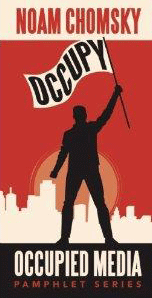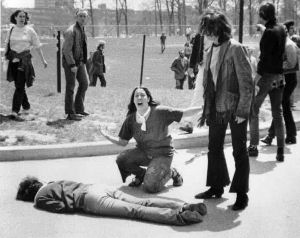Quit the Church? Thanks, but no thanks. [E. J. Dionne, Jr. | Commonweal] – Recently, a group called the Freedom from Religion Foundation ran a full-page ad in the Washington Post cast as an “open letter to ‘liberal’ and ‘nominal’ Catholics.” Its headline commanded: “It’s Time to Quit the Catholic Church.” I’m sorry to inform the FFRF that I am declining its invitation to quit. They may not see the Gospel as a liberating document, but I do, and I can’t ignore the good done in the name of Christ by the sisters, priests, brothers and laypeople who have devoted their lives to the poor and the marginalized.
Brian’s Comment: I had much the same reaction as Dionne when I first saw the letter from the FFRF. Granted, it is sometimes hard to be a free-thinking Catholic these days, but the Faith is not merely the institutions and the Church is not merely the hierarchy. Our Catholic Faith belongs to me and to my family as much as it does to the bishops, to the Vatican or to any of the Right-Wing bigots to whom I may be offering the sign of peace this weekend.





